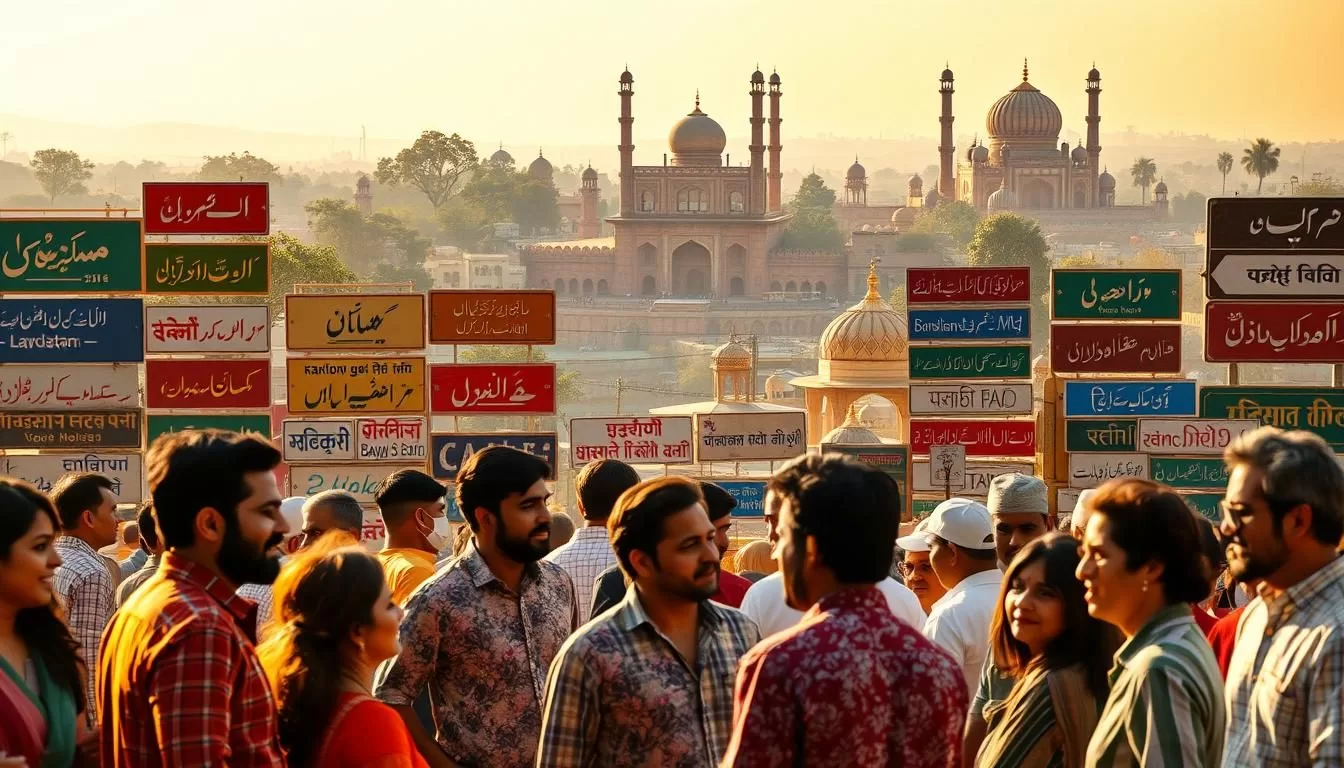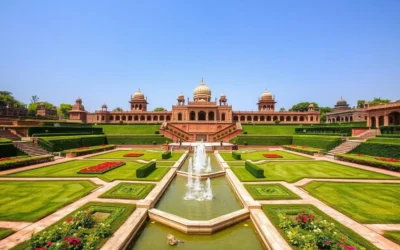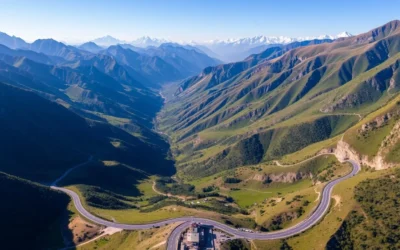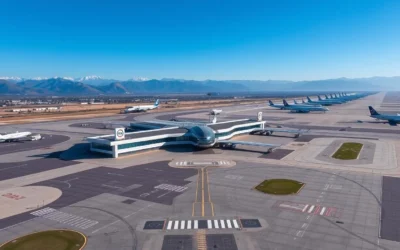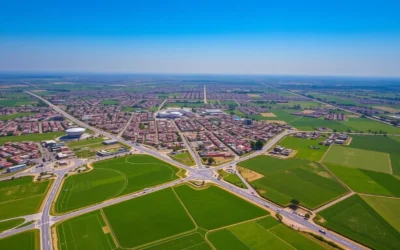✓ Accommodations ✓ Flights ✓ Rental Cars ✓ Tours & Activities
Have you ever wondered about the language diversity in a country with over 200 million people? This nation is home to a rich tapestry of cultures and dialects, making it a fascinating study in communication.
Urdu, the national language, holds a special place here. While only 8% speak it as their first language, it’s understood by the majority. English also plays a key role, especially in government and education. This blend of languages reflects the country’s unique history and identity.
From Punjabi to Pashto, the population embraces a variety of tongues. Each one tells a story of heritage and tradition. Dive deeper to uncover how these languages shape daily life and culture.
Overview of Pakistan’s Linguistic Diversity
Exploring the linguistic landscape of this region reveals a fascinating mix of cultures. Over 70 languages are spoken as first languages here, showcasing a vibrant tapestry of communication. This diversity is not just about numbers; it’s a reflection of centuries of history and cultural exchange.
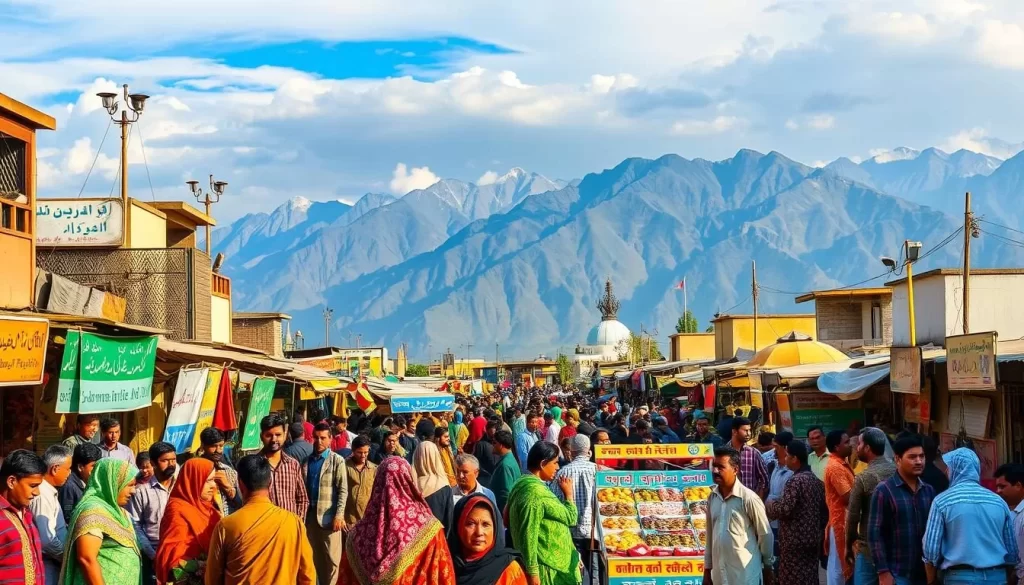
Population Insights and Census Data
According to the 2023 census, Punjabi leads as the most spoken language, with 36.98% of the population using it. Pashto follows at 18.15%, while Sindhi and Saraiki are spoken by 14.31% and 12% respectively. Urdu, the national language, is spoken by 9.25% as a first language but is widely understood as a second language.
Other languages like Balochi, Hindko, and Brahui also contribute to this rich linguistic profile. Each language represents a unique cultural identity, deeply rooted in its region.
Understanding the Indo-Iranian Language Family
Most languages here belong to the Indo-Iranian branch of the Indo-European family. This includes Punjabi, Pashto, and Sindhi, which dominate the linguistic scene. The influence of the Iranic and Dardic groups further enriches this diversity.
Regional variations play a key role in shaping these languages. For example, Saraiki is often considered a dialect of Punjabi but holds its own distinct identity. Understanding these nuances helps appreciate the cultural depth of the area.
This linguistic diversity is not just about communication; it’s a bridge to understanding heritage and identity. By exploring these languages, you gain a deeper insight into the people and their stories.
Pakistan: Official and widely spoken languages
Communication in this diverse region thrives through a blend of languages that unite people across cultures. Urdu, the national lingua franca, plays a vital role in connecting various ethnic groups. Despite being the first language spoken by only 9.25% of the population, it’s understood by the majority. This makes it a powerful medium for daily interactions and cultural exchange.
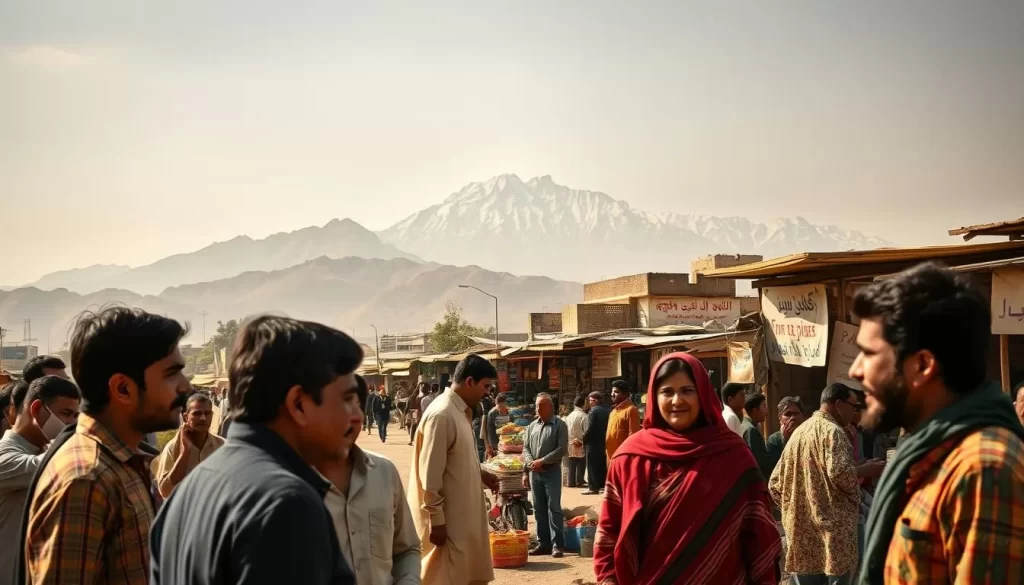
Urdu: The National Language and Lingua Franca
Urdu’s roots trace back to the Indo-Aryan language family, blending Persian, Arabic, and local dialects. This mix gives it a unique vocabulary that reflects centuries of cultural exchange. Its role as a lingua franca ensures it’s used in media, literature, and everyday conversations, bridging gaps between communities.
For example, you’ll hear Urdu in TV dramas, newspapers, and even street signs. Its widespread use makes it a unifying force, especially in urban areas like Karachi and Lahore. Whether you’re in a bustling city or a quiet village, Urdu serves as a common thread.
English: The Co-official Language and Tool for Global Communication
English holds a special place in formal settings. It’s the medium of instruction in higher education and the preferred language for legal and governmental communication. Fluency in English is seen as a gateway to global opportunities, making it essential for professionals and students alike.
In cities like Islamabad and Lahore, English is widely spoken in business meetings and academic institutions. Its presence in media and technology further cements its role as a tool for international communication. This dual-language system ensures the country remains connected both locally and globally.
Regional Languages and Their Cultural Significance
Regional languages shape the heart of cultural identity in diverse communities. They are more than just a means of communication; they are a bridge to heritage, tradition, and belonging. Across provinces, these dialects reflect the unique stories of the people who speak them.
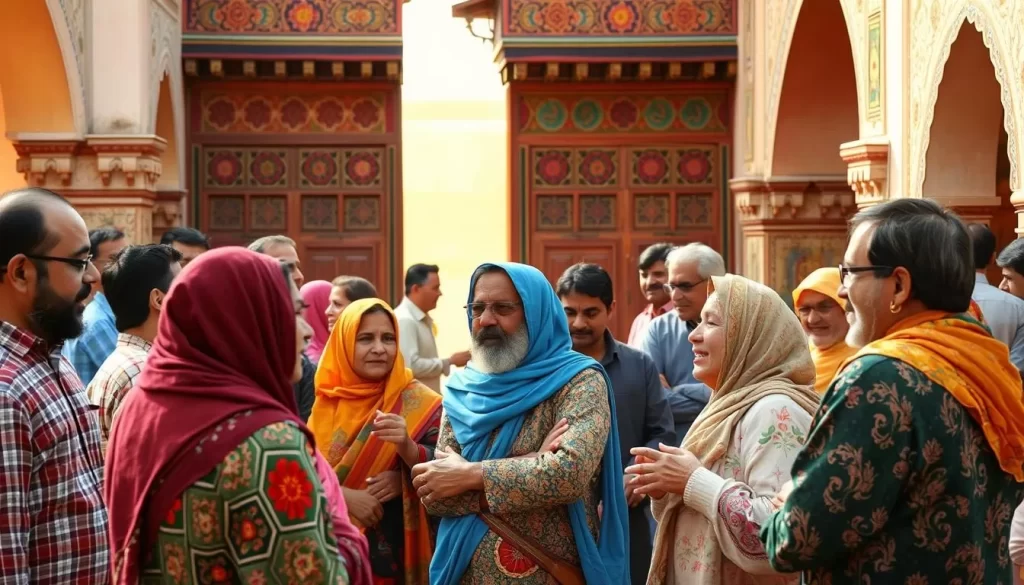
Punjabi, Pashto, Sindhi, and Saraiki in Daily Life
In the Punjab province, Punjabi is the language of everyday life. It’s heard in markets, homes, and cultural events. Similarly, Pashto dominates in Khyber Pakhtunkhwa, where it’s used in both casual conversations and traditional gatherings.
The Sindh province takes pride in Sindhi, a language that’s deeply tied to its history. From folk songs to poetry, Sindhi is a vibrant part of the region’s culture. Saraiki, often spoken in southern Punjab, also plays a key role in preserving local traditions.
Local Identity and Community Ties
Regional languages strengthen community bonds. They are a way for people to connect with their roots and express their identity. In cities like Lahore and Karachi, these dialects are a reminder of the diverse cultures that thrive there.
Each ethnic group uses its language to celebrate its unique heritage. Whether it’s through festivals, music, or storytelling, these dialects keep traditions alive. For example, Bhangra dances in Punjab and Khattak dances in Khyber Pakhtunkhwa are deeply tied to their respective languages.
By embracing regional languages, communities ensure their cultural legacy continues. These dialects are not just words; they are a way of life.
Language Influence on Education and Communication
Language plays a pivotal role in shaping education and communication. In schools and universities, the medium of instruction significantly impacts learning outcomes. A thoughtful approach to language policies ensures students thrive academically while preserving cultural heritage.
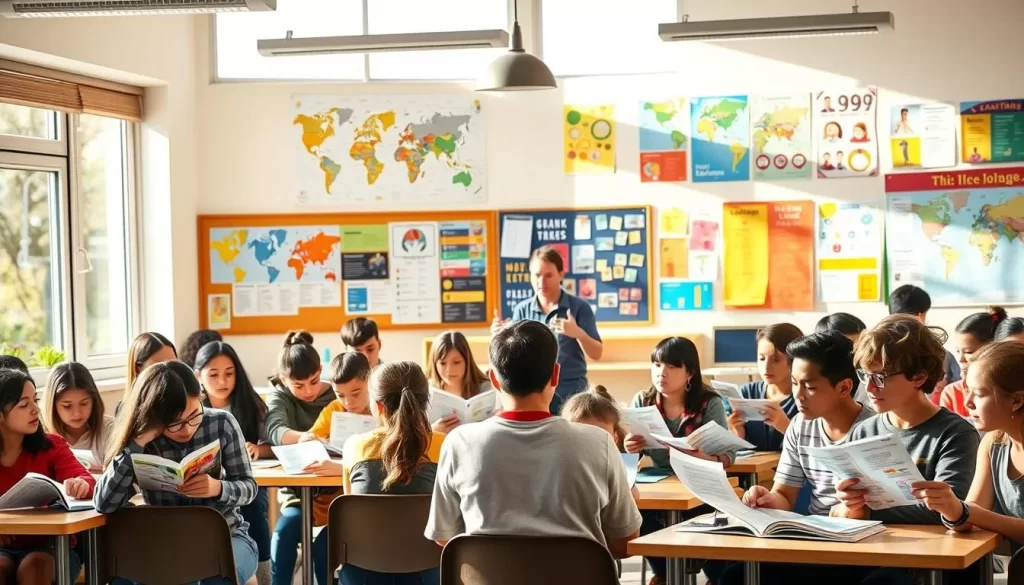
Medium of Instruction in Schools and Universities
Educational institutions often use a mix of Urdu and English as the primary mediums of instruction. Urdu, the national language, is widely understood, while English serves as a tool for global communication. This dual-language system helps students navigate both local and international contexts.
In early grades, many schools emphasize the first language or regional dialect to make learning more accessible. For example, Sindhi or Pashto is used in public vernacular schools, ensuring students connect with their cultural roots. As students progress, they transition to Urdu and English, preparing them for higher education and professional opportunities.
Here’s a breakdown of language use in different educational streams:
| Educational Stream | Primary Language |
|---|---|
| Elite English-medium schools | English |
| Government-run Urdu-medium schools | Urdu |
| Public vernacular schools | Sindhi, Pashto, or other regional dialects |
| Madrassas | Urdu |
This multilingual approach supports both academic achievement and cultural preservation. By valuing native scripts and dialects, schools foster a sense of identity and belonging among students.
Language also influences how groups interact within educational settings. For instance, students from diverse backgrounds often use their first language to collaborate and share ideas. This practice enriches the learning environment and promotes inclusivity.
Ultimately, the balance between regional and global languages in education ensures students are well-prepared for the future. It bridges the gap between tradition and modernity, creating a dynamic and inclusive academic landscape.
Historical Evolution and Linguistic Heritage
The roots of linguistic diversity in this region stretch back thousands of years. From ancient civilizations to colonial rule, each era has left its mark on the languages spoken today. Understanding this evolution helps you appreciate the rich tapestry of communication that defines the area.
Impact of the Indus Valley Civilization and Ancient Cultures
The Indus Valley Civilization, one of the world’s oldest, played a key role in shaping early linguistic traditions. Its influence can still be seen in the Indo-Aryan language family, which dominates the region today. This ancient culture laid the foundation for many dialects and scripts that evolved over time.
For example, Sanskrit, an ancient language, became a part of the linguistic heritage. It influenced the development of modern languages like Punjabi and Sindhi. These connections highlight the deep historical ties between language and culture.
Persian Legacy and British Colonial Influence
Persian rule introduced a new layer to the linguistic landscape. Persian words and phrases became integrated into local dialects, enriching the vocabulary of languages like Urdu. This legacy is still evident in the poetic and literary traditions of the region.
British colonial rule brought another wave of change. English became a medium for administration and education, leaving a lasting impact on the linguistic structure. Today, English remains a vital part of communication, especially in formal settings.
| Historical Period | Linguistic Influence |
|---|---|
| Indus Valley Civilization | Foundations of Indo-Aryan languages |
| Persian Rule | Integration of Persian vocabulary |
| British Colonial Era | Introduction of English as a formal language |
These historical events have shaped the way people communicate today. By exploring this evolution, you gain a deeper understanding of how culture and language are intertwined. For more insights, check out how Pakistan’s population is ethnically diverse and how this diversity reflects in its linguistic heritage.
The Role of English and Arabic: Global and Religious Impact
Languages often bridge the gap between tradition and modernity. In this region, English and Arabic play distinct yet interconnected roles. While English connects people globally, Arabic preserves religious and cultural traditions. Together, they form a unique linguistic landscape.
English in Government, Business, and Education
English serves as a vital tool for global communication. In government, it’s the preferred language for official documents and international relations. This ensures smooth collaboration across borders.
In business, English is the lingua franca for trade and commerce. Companies in cities like Khyber Pakhtunkhwa rely on it to connect with global markets. This makes fluency in English a valuable skill for professionals.
Education also benefits from English. Many schools and universities use it as the medium of instruction. This prepares students for international opportunities and fosters global awareness.
Arabic in Religious Education and Cultural Tradition
Arabic holds a special place in religious education. It’s the language of the Quran, making it essential for understanding Islamic teachings. Schools and madrassas emphasize its importance.
Beyond religion, Arabic shapes cultural traditions. It’s used in prayers, festivals, and daily practices. This keeps the community connected to its heritage.
Here’s a comparison of their roles:
| Language | Primary Role | Key Areas |
|---|---|---|
| English | Global Communication | Government, Business, Education |
| Arabic | Religious and Cultural Preservation | Religious Education, Cultural Practices |
Both languages play a crucial role in shaping identity. English opens doors to the world, while Arabic keeps traditions alive. Together, they form a balanced linguistic ecosystem. For more insights, explore how regional languages reflect cultural diversity.
Endangered and Minority Languages in Pakistan
The rich tapestry of languages in this region includes many that are at risk of fading away. Minority languages, some spoken first by only a few hundred persons, face significant challenges. UNESCO has identified several as endangered, with dwindling speaker numbers threatening their survival.
Challenges Facing Vulnerable Language Communities
In areas like the Balochistan province, minority languages struggle to survive. These dialects, often passed down through generations, are now at risk due to cultural shifts and limited usage. For example, languages like Domaakí and Ushojo have fewer than 250 speakers, primarily elderly individuals.
The decline of these languages impacts diversity and cultural variety. When a language disappears, it takes with it unique traditions, stories, and ways of thinking. This loss affects not just the persons who speak it but the entire community.
Efforts to preserve these languages are crucial. Without intervention, many could vanish within a generation. Initiatives like documenting oral histories and promoting bilingual education can help. For more insights, explore how regional languages reflect cultural diversity.
Every person plays a role in preserving these linguistic treasures. By valuing and supporting minority languages, we ensure the diversity of this region remains vibrant for future generations.
Conclusion
Languages are the heartbeat of a nation’s identity, weaving together its past, present, and future. In regions like southern Punjab, dialects like Saraiki reflect a deep connection to heritage and community. Your mother tongue is more than just words; it’s a bridge to cultural roots and shared history.
From Urdu’s unifying role to the vibrant diversity of regional dialects, each language tells a story. They preserve traditions, foster unity, and shape individual identity. Efforts to protect these linguistic treasures ensure that this rich legacy continues to thrive.
As you explore this linguistic journey, you’ll see how language binds people to their history. Whether it’s Urdu, Saraiki, or another dialect, each one is a vital thread in the fabric of cultural unity. Learn more about the significance of Urdu and its role in shaping identity.
The above is subject to change.
Check back often to TRAVEL.COM for the latest travel tips and deals.
